11+ Taro Plant Care
Before watering the Chinese Taro the water should settle. Soil should be slightly acidic to neutral with a pH level between 55 to 65.

How To Grow Elephant Ear Taro As Your Houseplant Colocasia Esculenta Youtube
A fluid type of manure is great for its sodden soil conditions and you ought to pick one that is high in nitrogen for the best foliage development.
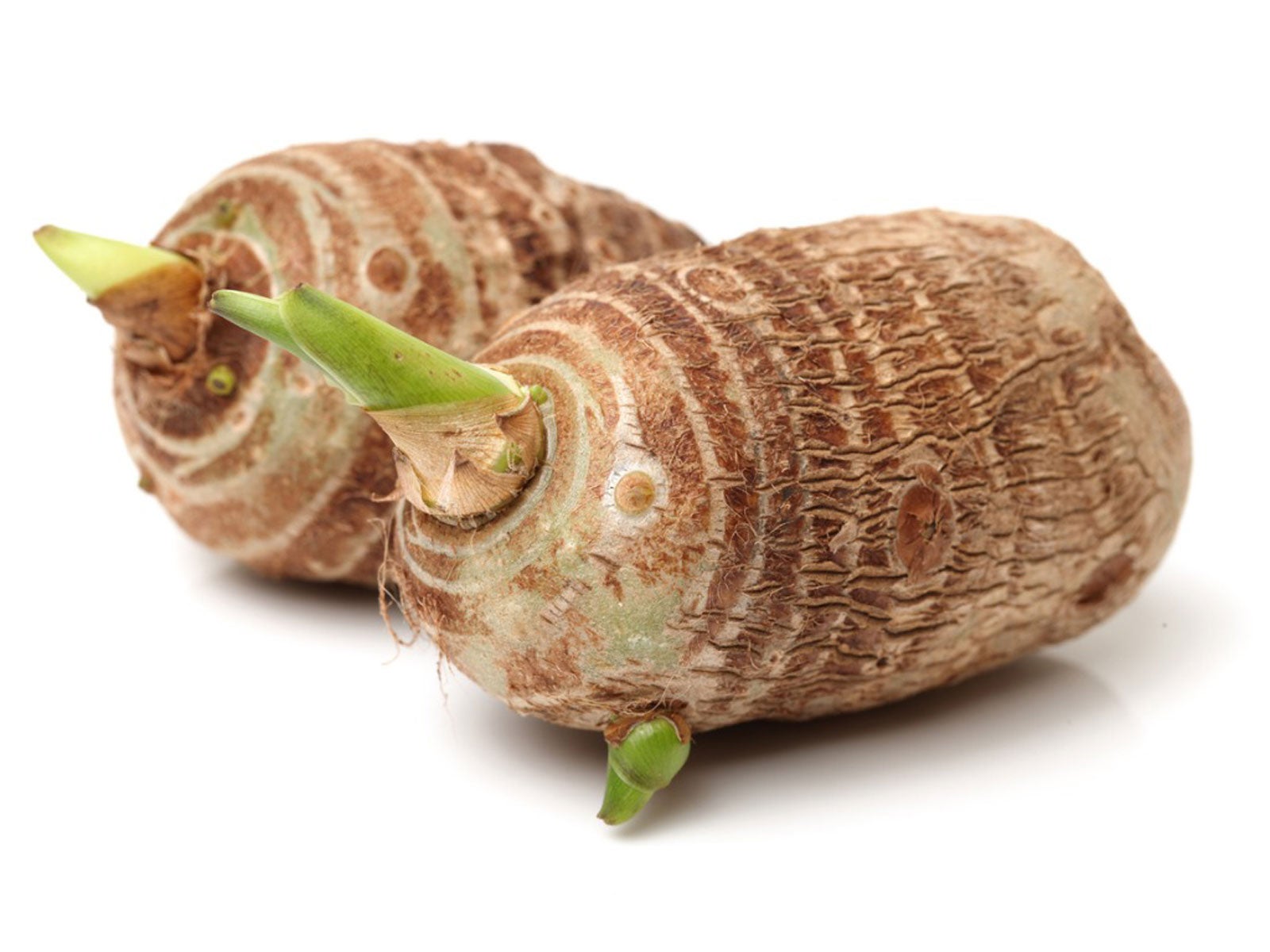
. Web Sun Growing taro in partial shade or filtered sunlight is ideal. Use our water calculator to personalize watering recommendations to your environment or download Greg for more advanced recommendations for all of your plants. Web Taro quick growing tips.
Gently press them into the soil ensuring they are covered with a thin layer of the mix. Web Taro Plant. Taro is often grown in wet paddies like that of rice.
As the water level drops add more. Planting the Seeds Place the soaked taro seeds on the potting mix spacing them evenly. Web Add aged manure or compost to the soil before planting.
Plant the taro in the soil add the pebble layer and then fill the bucket with water. Water 08 cups every. Web Giant taro is fertilized from the end of March early April to September.
Generally potted plants should be sprayed with water once a day and watered when the surface layer of the soil is slightly dry. If you love tropical plants we have the perfect one for you. They are exceptionally weighty feeders and take a ton of manure.
Otherwise the roots may begin to rot. Web How To Care For Taro Plants. Water 08 cups every.
If planting leafless root pieces ensure they are planted around 5cm deep. The most important thing to remember is to keep the soil moist but not soggy as too much water can lead to root rot. Slow-release fertilizer is not recommended for giant taro.
Grow Your Own Backyard Poi. Really focusing on your elephant ear plants requires consideration. Avoid keeping the plant in harsh sunlight for long durations.
By Rachel Garcia Last updated. Web High Lighting Part Sun Temperature 18C - 20C Hardiness zone 7b - 10b Difficulty Medium Toxicity Poisonous Water In summer you should water the plant abundantly. The acrid calcium oxalate they contain must first be destroyed by heating.
Learn all about taro in our in-depth growers guide. The taro plant is not only a lush and vibrant green tropical but a food-producer. Farming Taro Two Ways.
Web Unlock the Secrets of Black Magic Taro. Web Care of Taro plant. Web Set the tubers in furrows 6 inches 15 cm deep and cover with 2-3 inches 5-75 cm of soil spaced 15-24 inches 38-60 cm apart in rows that are 40 inches 1 m apart.
Soil Grow it in the well-drained and fertile soil which is rich in organic matter. Taro grows best in USDA zones 9-11. Water in your new taro well and keep well watered throughout the growing season.
Our care guide goes through the ideal lighting water humidity and care to have a healthy Black Magic Taro Colocasia esculenta Black Magic. Web Partial sun Basic Care Guide Water During the growing season chinese taro requires great amounts of water due to its large leaves. Your potted taro plants need sun and warmth so choose its spot carefully.
Web Preparing the Seed Tray Fill a seed tray or small pots with a well-draining potting mix. Web Known by other names such as dasheen eddo melange or cocoyam taro is a sub-tropical or tropical plant ideal for USDA Growing Zones 9-11 though some are hardy in 7 and 8. Web Hooded Dwarf Elephant Ear Chinese Ape Buddhas Hand hooded dwarf Alocasia Hooded Dwarf Elepant Ears Alocasia calcutta and Alocasia rugosa How to care for Chinese Taro Water Light Nutrients Jump to summary Water How often to water your Chinese Taro 08 cups every 9 days.
Use our water calculator to personalize watering recommendations to your environment or download Greg for more advanced recommendations for all of your plants. After the threat of frost has passed in the spring plant the tuber so it sits 1 to 2 inches below the soil. Tuesday 1 June 2021 at 239 pm All you need to know about growing colocasia taro also known as elephant ears in this Grow Guide.
Esculenta is a tropical perennial so its roots have an impressive tolerance for moist to wet substrates. A Comprehensive Care Guide for Healthy Growth and Thriving Plants. Web Plant taro root pieces or potted plants 80-100cm apart into your prepared soil.
It is best utilized in a rain garden or next to a wildlife pond where its vegetative features can provide ease of access to many animals. Web They usually die to the ground returning in spring once soil temperatures warm. Nonetheless prolonged water stress may compromise its growth.
The plant stores nutrients in is thick roots so it will not be distributed evenly. Taro leaves and corms are poisonous if eaten raw. Watering outdoor plants depends on the weather.
Add a little liquid feed into its water each week. The plant can also be grown in a pond with up to 6 of standing. However because it matures quickly you can grow it as an annual in other areas.
Web Consisting of about two-thirds water and up to 29 percent carbohydrates the corm has more protein than a yam sweet potato or cassava mostly centered toward the outer edges of the root. Web A layer of pebbles or gravel for the last 2 inches 5 cm helps to keep mosquitoes at bay. Web Taro is cultivated in rich well-drained soil.
However do not forget to drain the water from the pan. It is also high in amino acids. Taro is a tropical or subtropical plant that requires very warm temperatures77 to 95F 25-35Cand consistent moisture to thrive.
July 18 2023 8 min read. The corms are harvested seven months after planting. Keep the taro consistently moist.
Taro needs 08 cups of water every 9 days when it doesnt get direct sunlight and is potted in a 50 pot. Elephant ears grow best when theyre planted close to the surface. Caring for a taro plant is relatively easy and does not require much special attention.
In zones 10 through 11 the plants are nearly evergreen. Dig a hole 2 to 4 times larger than the tuber. In cooler climates zones 3-7 the tubers are planted in the spring after the danger of frost has passed and usually treated as annuals.
Make sure the mix is moist but not waterlogged. Feed the taro with a high potassium organic fertilizer compost or compost tea. Avoid compacted and clay-rich soil.
Taro can be grown for its tubers only where summers are longat least 200 frost-free warm days. Web Giant Taro needs 08 cups of water every 9 days when it doesnt get direct sunlight and is potted in a 50 pot. Colocasia esculenta taro or elephant ears is grown for its huge and velvety heart-shaped leaves in shades of lime green purple or black.
Its best to prepare taro using kitchen gloves as raw taro can irritate the skin.

How To Grow Taro Arbi Care And Growing Colocasia

How To Grow Elephant Ear Taro As Your Houseplant Colocasia Esculenta Youtube

Elephant Ear Plant Grow And Care Guide Bbc Gardeners World Magazine

Growing Taro Root Plant Tips Harvest Youtube

Colocasia Esculenta Elephant Ears Plant Taro Plant Care Trillium Living
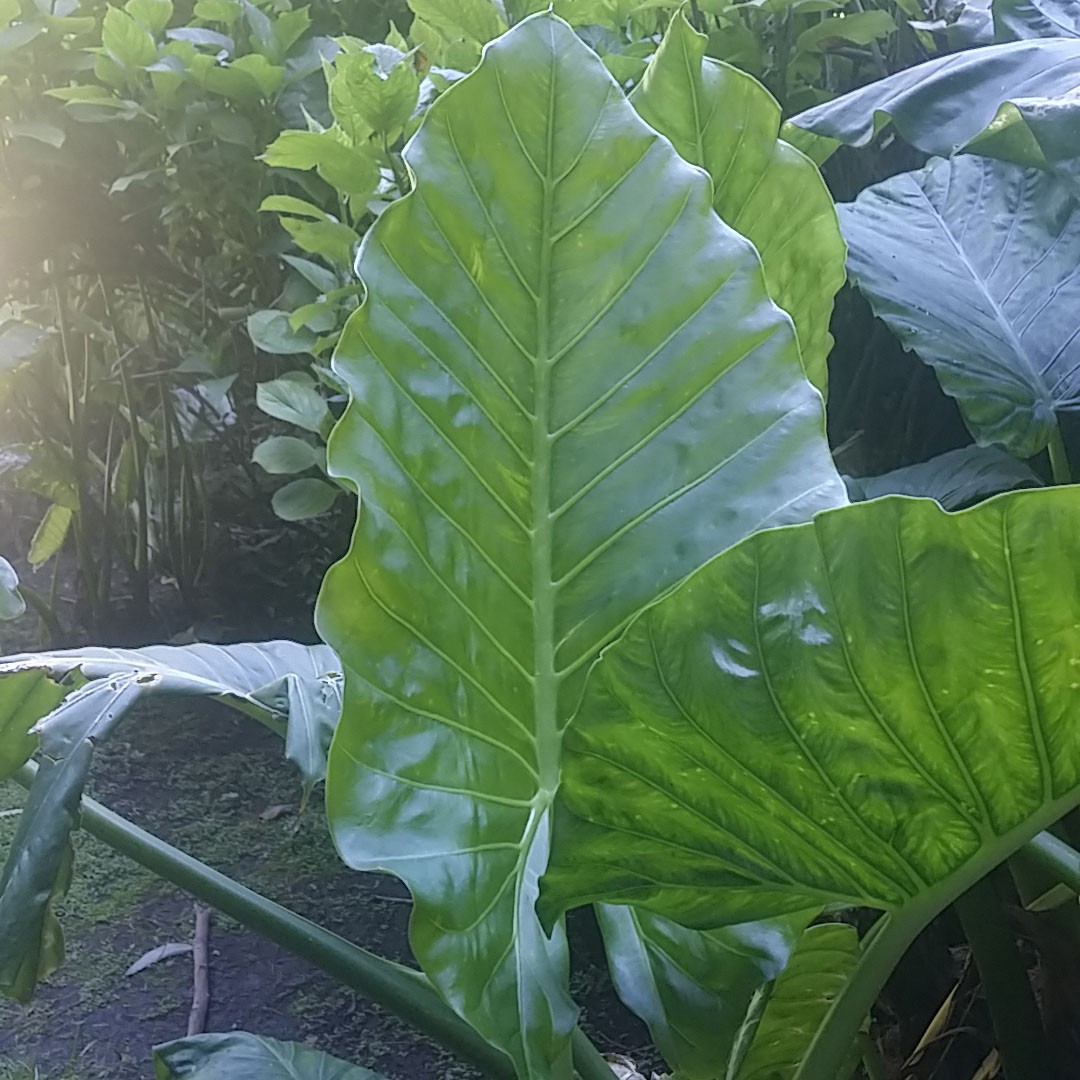
Giant Taro Care Watering Fertilize Pruning Propagation Picturethis

How To Plant Grow Taro Colocasia Esculenta Pond Informer

Colocasia Esculenta Elephant Ears Plant Taro Plant Care Trillium Living

Personalized Giant Taro Care Water Light Nutrients Greg App
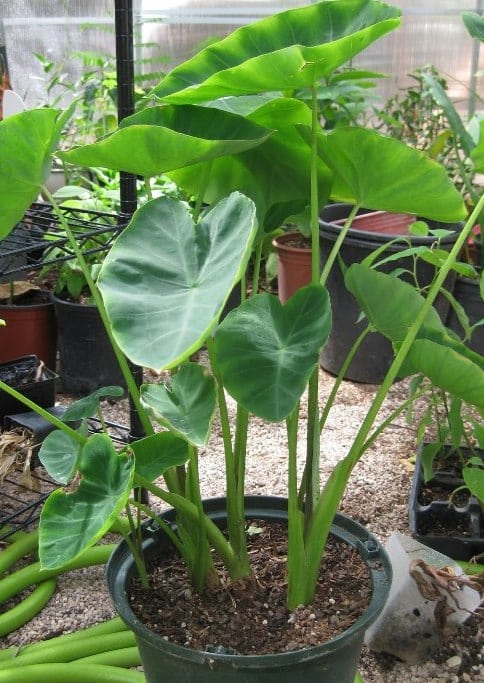
Growing Taro In Containers Pots And Backyards Agri Farming
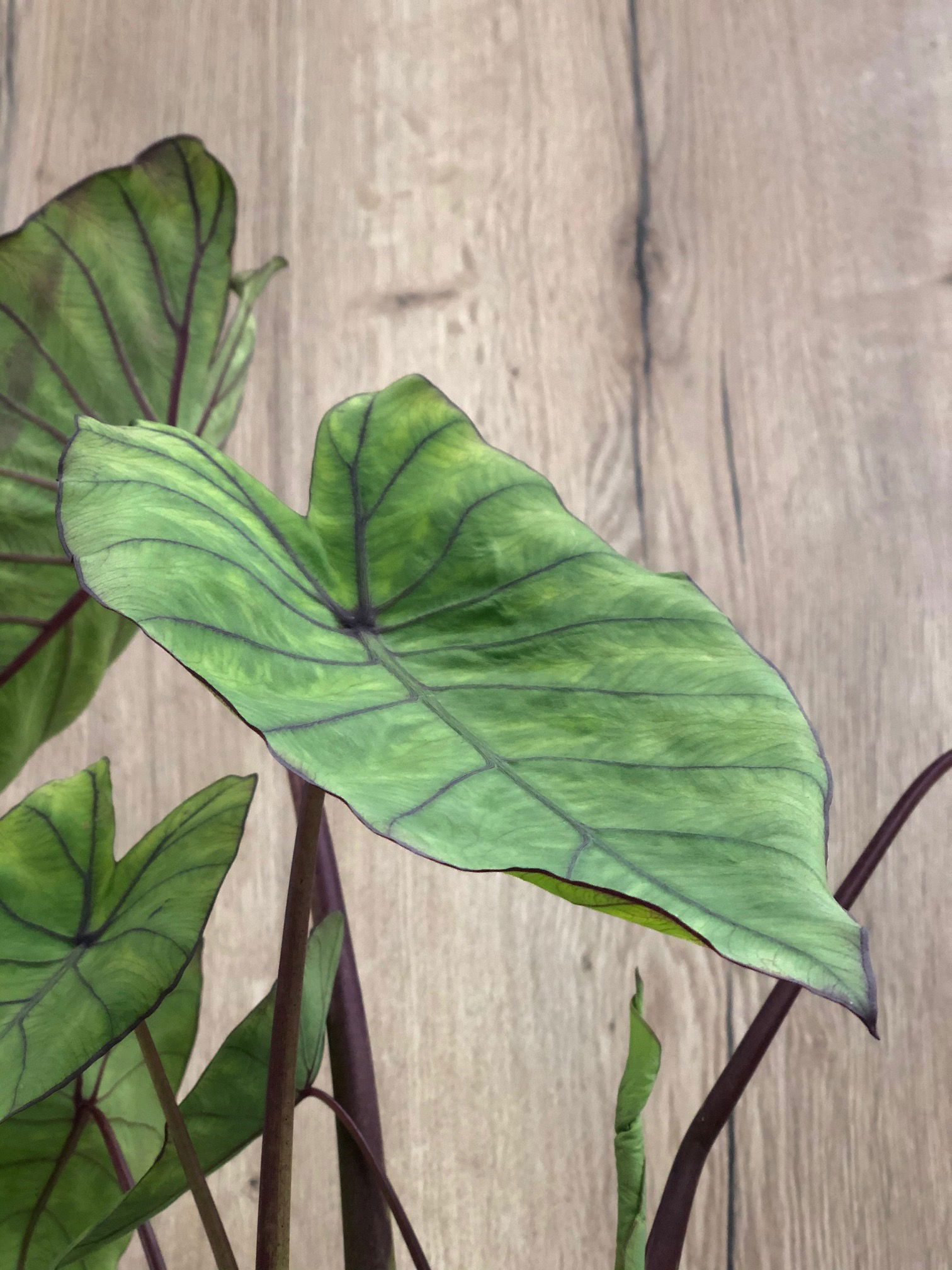
Indoor Colocasia Care
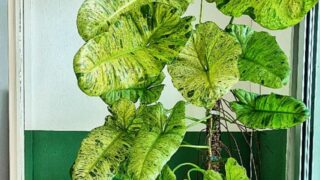
Colocasia Esculenta Care Guide Tricks For A Healthy Plant

Colocasia Elephant Ear Plant Care Varieties Plantly

Personalized Giant Taro Care Water Light Nutrients Greg App

How To Plant Grow Taro Colocasia Esculenta Pond Informer

How To Grow Taro Taro Plant Care

Colocasia Esculenta How To Grow Care